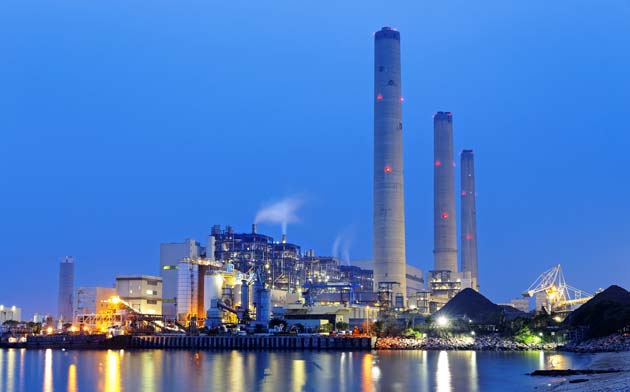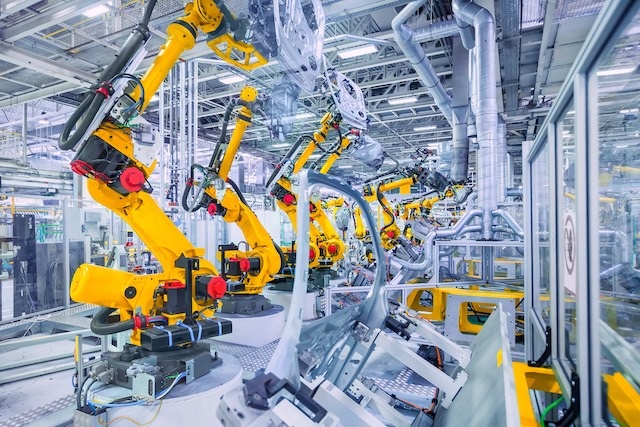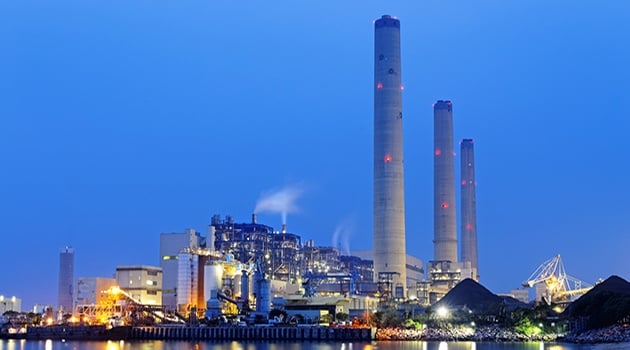
As the UK is set to become a centre for development and expansion in the nuclear industry, it’s important to ensure that new builds are created with the right metal alloys for the job.
The nuclear industry is set to grow, with estimates stating that the sector could be worth £400 billion worldwide by 2035, according to the National Nuclear Laboratory. Within the UK, nuclear energy offers a clean and affordable electricity source and has done since it was introduced 60 years ago, and we have a strong global reputation in the industry. The government is committed to securing a strong nuclear future – there is a detailed report available on the topic: The UK’s Nuclear Future.
We’re likely to see new builds and developments in the coming years. The controversial Hinkley Point C nuclear power station, the first proposed new plant in a generation, is running into problems with the post-Brexit government and its concerns over Chinese investment in the project. It’s a delicate political situation and we’ll be watching the outcome with interest.
However, most of the UK’s reactors are ageing and in need of replacement, so a solution does need to be found. One suggestion is that instead of large power plants, we turn our focus instead to small-scale reactor design. Small Modular Reactors (SMRs) produce less electricity, but they are easier to build (they could potentially be manufactured in a factory and taken to the site and plugged in), so they can start producing energy and paying for itself a lot quicker. An article over at The Economist goes into a lot more detail about SMRs and their viability.
Innovation in the industry will also help to expand the UK’s nuclear energy program, for example 3D printing. It could be possible to produce “maraging steel for use in a centrifuge to enrich uranium”. Additive manufacturing is already being used in some areas in the nuclear industry, creating components for nuclear projects.
Whichever direction the UK goes in terms its future nuclear builds, it is going to be essential that the right materials are picked for the job. If the wrong metal is selected it could compromise the safety of the build or need replacing due to the severe environment in which it needs to operate.
At Corrotherm, we supply a wide range of grades that you may consider using within the nuclear field. For example, you might choose the INCONEL alloy 625, which has previously been used for reactor-core and control-rod component in nuclear water reactors. Its properties include high strength, excellent corrosion resistance, resistance to stress cracking and good pitting resistance.
INCONEL alloy 600 is another alloy that you could consider, and it is a standard material of construction within nuclear reactors, due to excellent resistance of corrosion by high-purity water and no evidence of chloride-ion stress-corrosion cracking in reactor water systems.
Critical decisions need to be made by project engineers at the design stage when it comes to choosing the right metal alloys – getting it right at the start will ensure a long, safe nuclear build. To speak to any of our Sales team about your next project, see our contact page.


